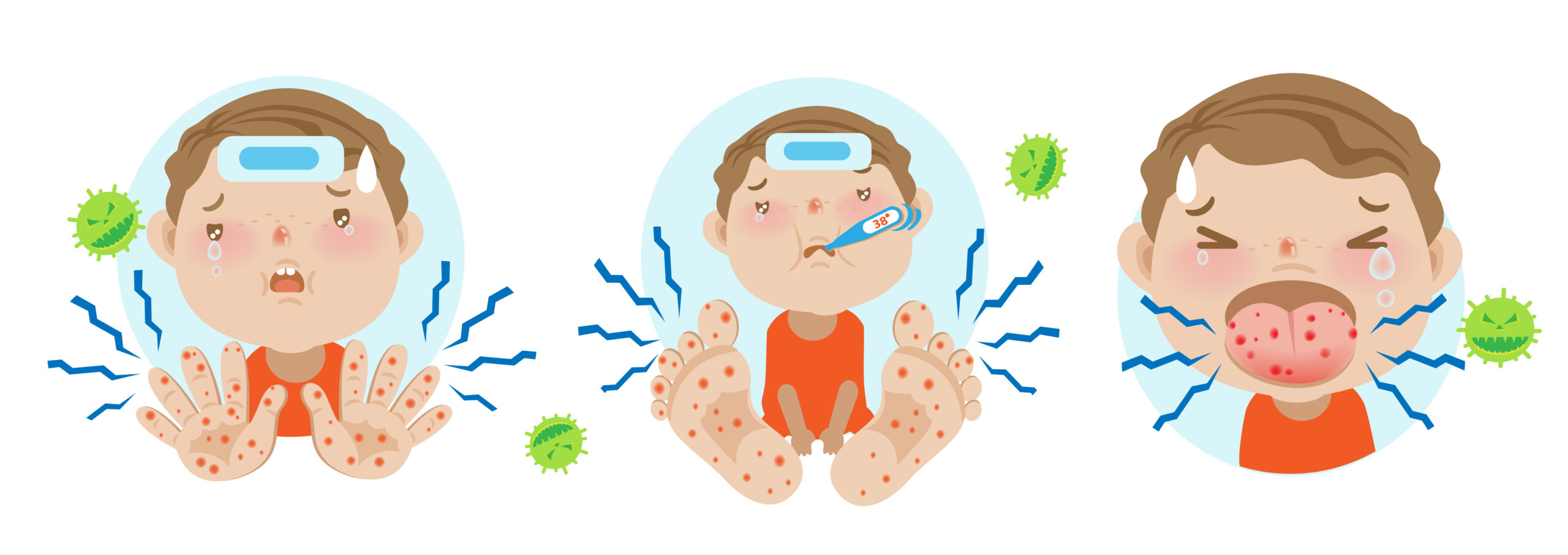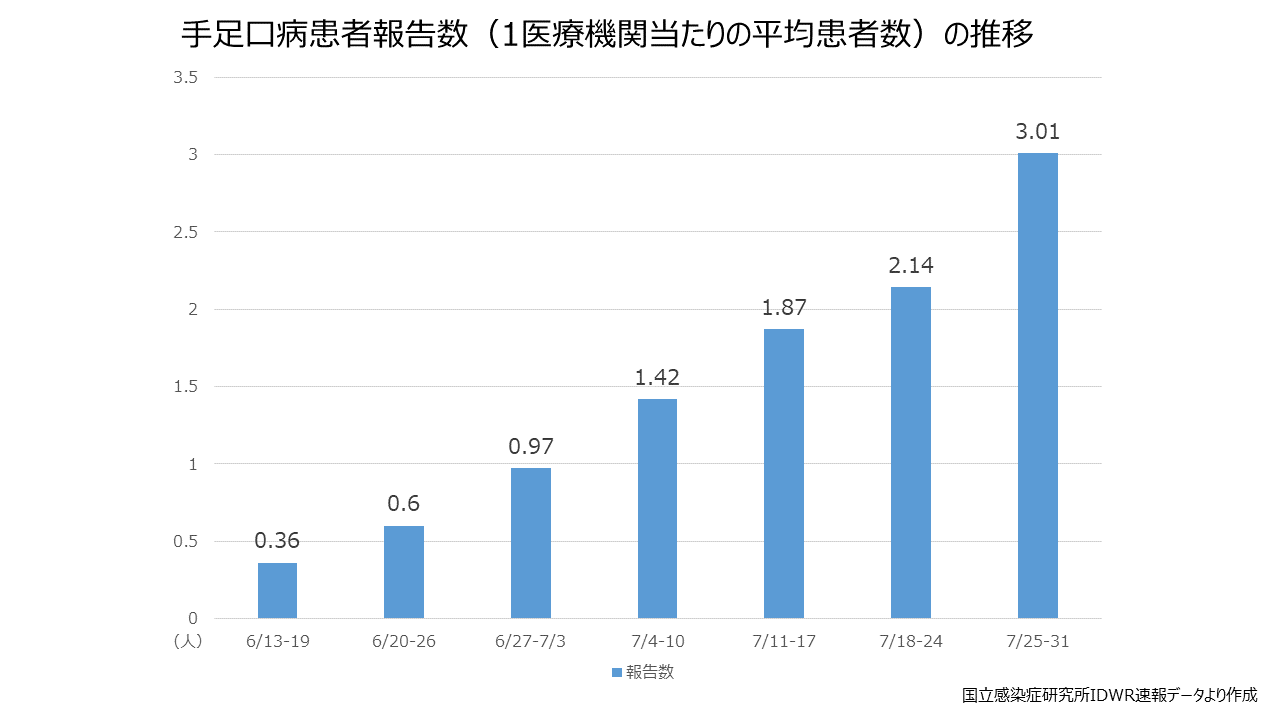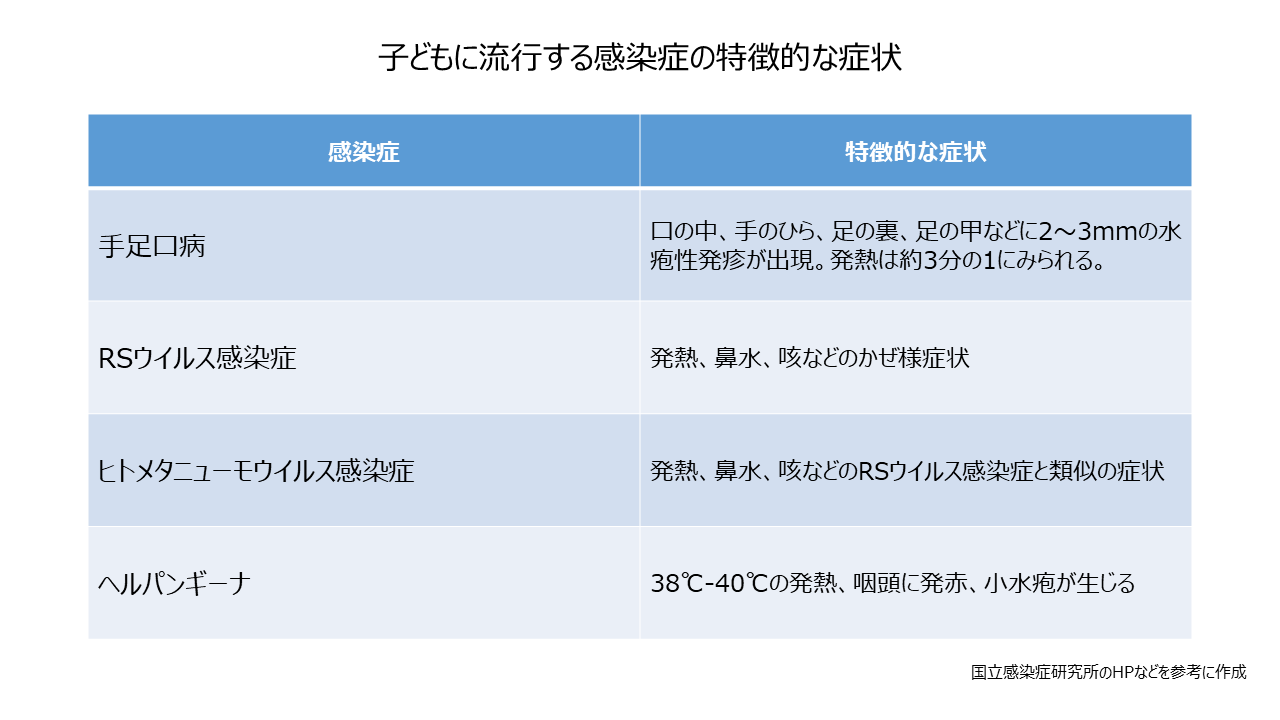
Release date: 2022.08.16
The number of newly infected children is increasing as the seventh wave of the new coronavirus infection spreads rapidly, but infectious diseases other than corona are also increasing. One of them is hand foot and mouth disease. In late July, four prefectures, including Niigata, exceeded the warning standards, making it a major epidemic. We have summarized the symptoms of hand, foot and mouth disease, how to prevent it, and how to distinguish it from corona and respiratory syncytial virus infections.
Hand-foot-and-mouth disease is an infectious disease caused by enteroviruses and is prevalent in children every summer. From around the beginning of May, the number of patient reports per sentinel center increased, and from July 25 to 31, 13.5 in Niigata Prefecture, 7.67 in Chiba Prefecture, 6.19 in Gunma Prefecture, and 6.06 in Saitama Prefecture. There are more than 5 people in the country, and it is showing an increasing trend nationwide. It is thought that the background is that the opportunities for contact between children increased after the sixth wave of infection subsided.

The characteristic symptom of hand-foot-and-mouth disease is a 2- to 3-mm blister-like rash that appears on the palms, soles, and mouth after an incubation period of 3 to 5 days. It can also occur on elbows, knees, and buttocks. Fever occurs in about one-third of cases, but it is mild and most cases are below 38°C. In rare cases, it can cause encephalitis, meningitis, and myocarditis.
The main routes of transmission are droplets and contact. There are many cases of infection from droplets, runny nose, stool, etc. caused by sneezes of children who have developed the disease, and it is said that it is likely to occur in nursery facilities and kindergartens where there are many infants.
There is no specific treatment, and it is important to eat soft, light-flavoured foods and be careful not to drink enough water when you have a sore mouth. Enforcement of hand washing is important as a preventive measure, and it is necessary for patients and recovering patients to thoroughly wash their hands, especially after defecation.
Infectious diseases prevalent among children this summer include coronavirus, respiratory syncytial virus, human metapneumovirus, and herpangina. It is said that until the sixth wave, there were many cases of asymptomatic cases and only fevers in the 37°C range. Symptoms of respiratory syncytial virus infection and human metapneumovirus infection are similar to those of the common cold, including fever and cough. Care must be taken in infants, as they are more likely to develop complications such as pneumonia. Herpangina is characterized by fever above 38°C, sore throat, and vesicles in the mouth. Infectious diseases in children are similar to each other, so it is difficult to distinguish between them, and in some cases, they are infected with the new coronavirus at the same time. It is important to see a doctor without hesitation if you are unable to eat or drink, are exhausted, are unconscious, or have convulsions.

MEDIUS Group is developing a business centered on the sale of medical equipment. We (Medical + us) involved in medical care also want to play the role of an information source (Media) that delivers useful information for the medical field and people's healthy tomorrow.